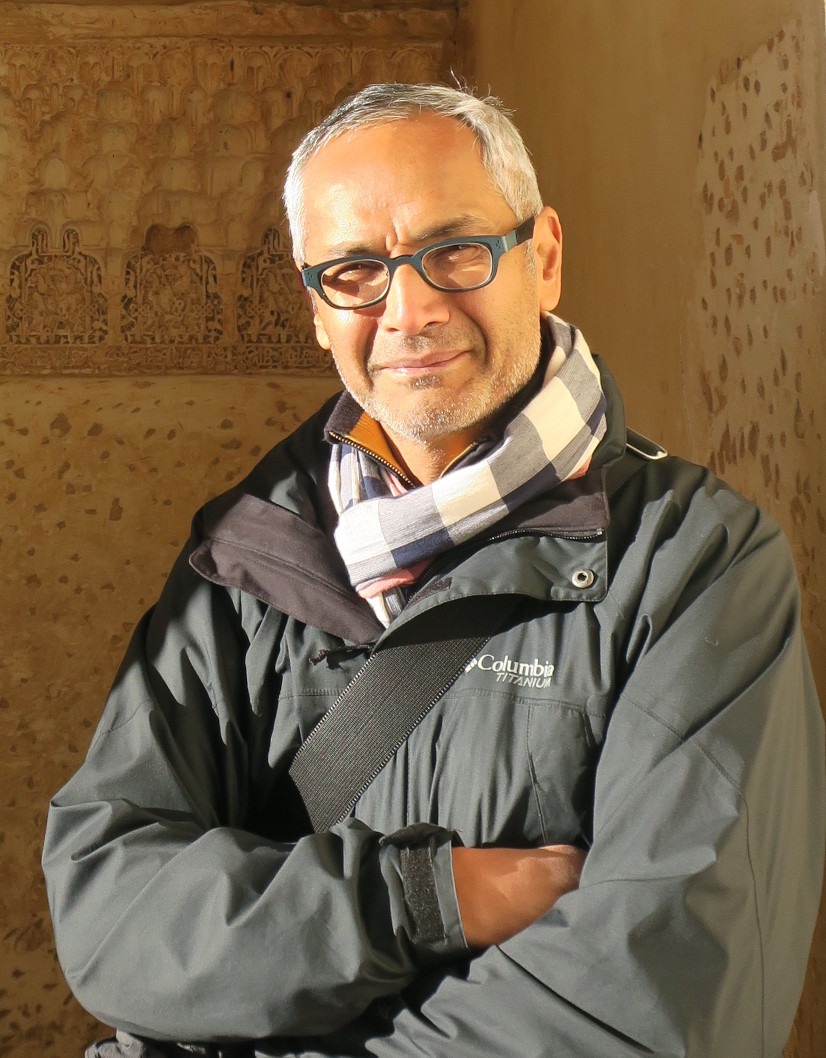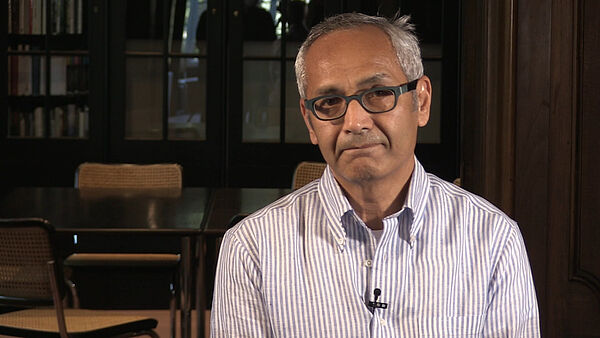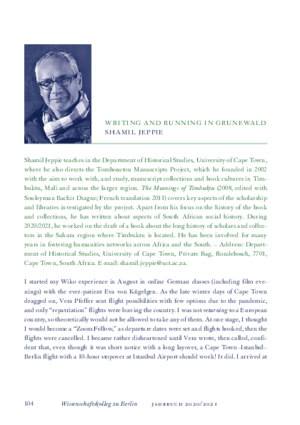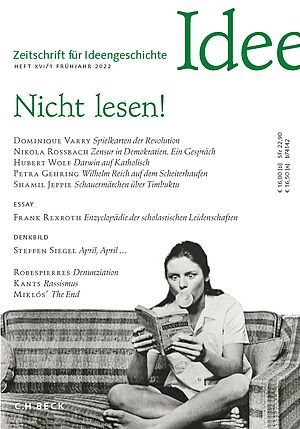
Shamil Jeppie, Ph.D.
Professor of History
University of Cape Town
Born in 1964 in Cape Town
Studied African and Middle Eastern History at Princeton University
Project
Timbuktu as Archive: Writing, Copying, Collecting
This project focuses on the formation of an "archival culture" in the West African town of Timbuktu. The whole of Timbuktu has become a veritable archive. However, this is not only an effect of the media and research communities entering the space of the famous town. There are tangible archival traces that have come and gone into and out of the town and that require explanation. But the focus of my research has been on how collecting, copying, and authorship unfolded, connected, and produced collections or libraries. Is it possible to work out the physical and other routes that individual items, just as much as individuals, travelled into the collections of the town? Originals or copies, or copies as a form of preservation of an original, and from where? All locally produced? In other words, my concern is to look into the making of an archive. In this respect, the most important figure in the 20th-century history of the archive in Timbuktu is a man named Ahmad Bul'araf, who arrived in the town between 1904 and 1907. I found a pattern among items in the main state-sponsored library in Timbuktu. There, one would invariably find an item that originally belonged to Bul'araf's collection. But encountering so many items that once belonged to him forced me to ask questions about him, so I have been engaged in researching his background in Morocco and his literary life in Timbuktu, to write the biography of an archive by writing about his singular activity.Recommended Reading
Jeppie, Shamil. "Making book history in Timbuktu." In Debates in African book history, edited by David Johnson and Caroline Davis, 83-102. London: Palgrave, 2015.
-. "The Making and Unmaking of Colonial Shari'a in the Sudan." In Muslim Family Law in Sub-Saharan Africa: Colonial Legacies and Post-Colonial Challenges, edited by Shamil Jeppie, Ebrahim Moosa, and Richard Roberts, 165-182. Amsterdam: Amsterdam University Press, 2010.
Jeppie, Shamil, and Souleyman Bashir Diagne, eds. The meanings of Timbuktu. Cape Town: HSRC Press, 2008.
Colloquium, 02.03.2021
Writing Timbuktu
Timbuktu, Mali, West Africa. When the authorities in Marrakesh allowed the Timbuktu scholar, Ahmad Baba (1556 - 1627), to return to his hometown in 1607, after twelve years in enforced exile, he asked for the books that they had taken from him. He wanted his 1,600 books. I assume that was his entire library. Is the figure too precise? Did the later writers who reported this get the number, more-or-less, right? Whatever the case, it does point to the idea of the libraries, or book collections, in Timbuktu in this period. Indeed, Baba mentioned his father's collection of 700 books in an autobiographical note. He came from a scholarly family and grew up with paper and ink around him. But it is really hard to figure out what the collections (700 or 1,600 or any other figure) really consisted of (in contemporary terms: codices, epistles, "booklets," or multi-volume tomes? All, of course, handwritten).
I shall examine in some detail one manuscript by Baba that I am editing and translating, for its inherently interesting subject matter ("Should scholars mix with rulers?"), but also to try to see if it can say something about what he had in his personal library. If we cannot confirm what was in his library, then at least from his citations we know they were present or known in the town.
Baba was a prominent scholar who had a reputation far beyond Timbuktu in his lifetime and after. This was probably why he was arrested and deported to Marrakesh. We have a record of about 60 works by him, and he obviously had access to a working library. He was not a collector for the sake of collecting (hoarding!). The only other evidence of collecting is from the 19th century, when a member of a prominent scholarly family went on a book-buying spree in Marrakech and left a book list with prices among his papers. Then, in the early twentieth century, we have the figure of Ahmad Bul'araf, a merchant who settled in Timbuktu around 1904 and embarked on a long career of copying and collecting manuscripts. His scholarly inclination comes through when he annotates some of the materials he copied and collected. He left enough of a record for us to be able to unpack his library (cf. Benjamin, W.). He arrived in Timbuktu about a decade after the French conquest.
Capturing Timbuktu was a long-held ambition among European powers, and the French sent along journalists to cover the event. One of them was Félix DuBois, who afterwards wrote a bestseller, "Tombouctou la mystérieuse" (1897), a title that captured a century and more of fantasies about the place. Despite the title, and probably despite the intentions of its author, it is the outline of a book history of Timbuktu. I shall begin my talk with the mystery of Félix DuBois.
Publications from the Fellow Library
Jeppie, Shamil (Leidern, Bosten, MA, 2016)
Calligraphic Africa : notes toward the location of philology in Africa
Jeppie, Shamil (Basingtoke [u.a.], 2015)
Making book history in Timbuktu



